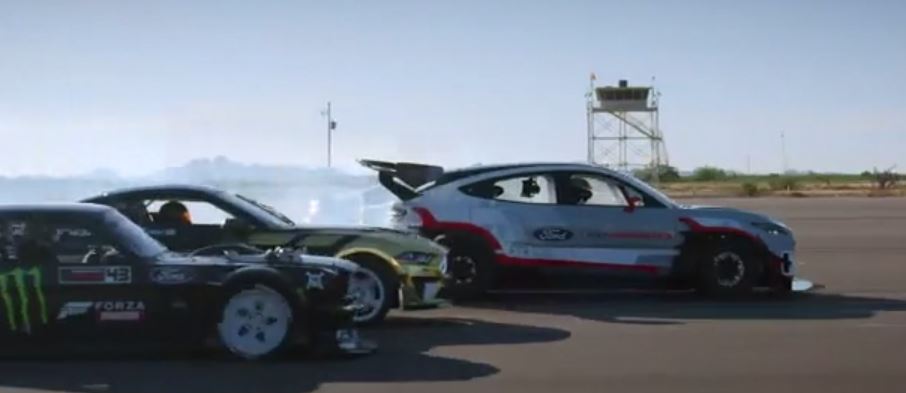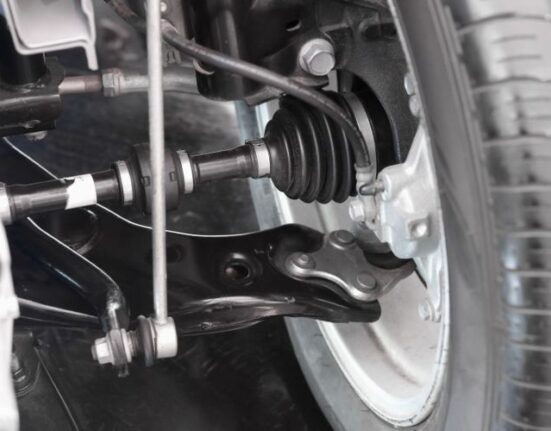- Ford introduces the all-electric Mustang Mach-E 1400 – a one-of-a-kind prototype developed in collaboration with RTR Vehicles to demonstrate the performance possibilities of electric propulsion
- Following on the heels of the all-electric Mustang Cobra Jet 1400, Mustang Mach-E 1400 is projecting 1,400 peak horsepower and more than 2,300 lb. of downforce at 160 mph from its seven motors and ultra-high-performance battery
- Making its first appearance at a NASCAR race soon, Mustang Mach-E 1400 is designed to challenge perceptions of what electric vehicles can do with performance tuning and advanced technology
DEARBORN, Mich., July 21, 2020 – Peak horsepower: 1,400 – and make it electric.
Mission accomplished: Ford introduces Mustang Mach-E 1400, an all-electric road rocket that shows just how much performance can be harnessed without using a drop of gas. Coming hot on the heels of the 1,400-horsepower all-electric Mustang Cobra Jet 1400, this one-off Mustang Mach-E with its seven electric motors and high downforce is ready for the track, drag strip or gymkhana course – anywhere it can show how electric propulsion promises extreme Mustang performance. Watch here to see the all-electric prototype in action.
Developed in collaboration with RTR and built off a Mustang Mach-E GT body-in-white, the prototype targets 1,400 peak horsepower. The chassis and powertrain work together for a multitude of setups offering capability unlike any other vehicle.
“Now is the perfect time to leverage electric technology, learn from it, and apply it to our lineup,” said Ron Heiser, chief program engineer, Mustang Mach-E. “Mustang Mach-E is going to be fun to drive, just like every other Mustang before it, but Mustang Mach-E 1400 is completely insane, thanks to the efforts of Ford Performance and RTR.”
The Mustang Mach-E 1400 is the result of 10,000 hours of collaboration by Ford Performance and RTR aimed at bridging the gap between what an electric vehicle can do and what customers tend to believe it can do.

















